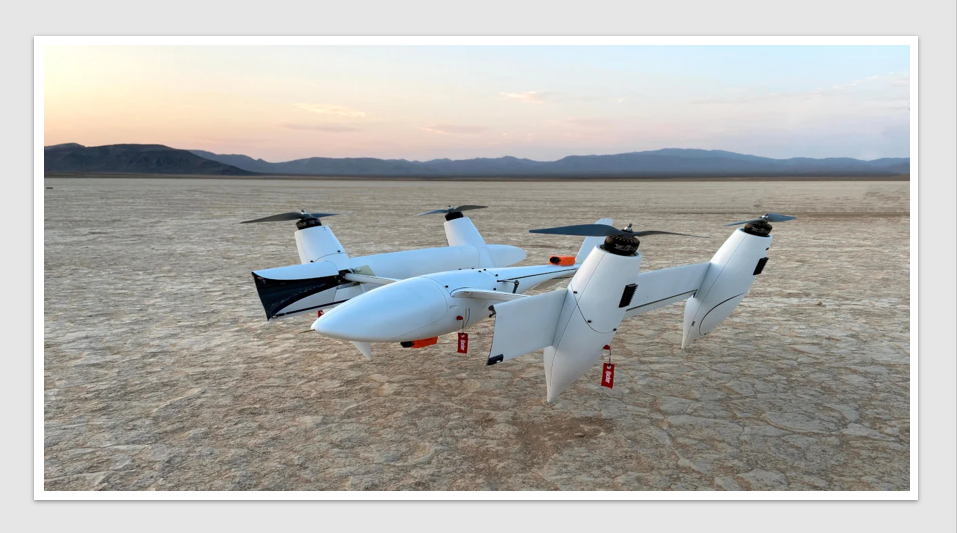Medical
Research Australia delivers its 2021-22 pre-budget submission

Medical News: Research Australia’s pre-budget submission to the Treasurer ahead of the 2021 Budget focuses on the vital role of health and medical research and innovation in Australia’s response to the COVID-19 pandemic, and the manufacturing and innovation opportunities that health and medical research presents for Australia’s economic recovery.
It calls for renewed investment in R&D by the Australian Government, continued support for universities and medical research institutes with meeting indirect research costs, and measures to support medical products R&D and manufacture. The case for increasing NHMRC (National Health and Medical Research Council) and ARC (Australian Research Council) funding is also made. Funding for Government initiatives in data sharing and preventive health are among other measures sought.
According to the submission, the Government demonstrated it values health and medical research and innovation by the establishment and capitalisation of the Medical Research Future Fund (MRFF). The announcement in December 2020 that the Government will provide additional funding to supplement the disbursement from the MRFF in the next financial year to address the shortfall in projected MRFF earnings caused by the record low interest rates is positive news.
The COVID-19 pandemic has demonstrated Australia’s deficiencies in some critical areas including the importance of strengthening our manufacturing capacity in specific areas, including medical products. The challenge is now getting those actions underway efficiently.
Decline in Australian R&D Funding
According to Research Australia’s pre-budget submission, in the decade from 2008-09 to 2017-18, Australia’s Gross Expenditure on Research and Development (GERD) declined as a percentage of GDP from 2.25% to 1.79%.
“The decline has been due to reduced investment in R&D by governments and the private sector. The Medical Research Future Fund (MRFF) is an exception in terms of government investment and will provide around $650 million per annum in additional expenditure over the next 10 years. This is not enough, however, to offset the overall decline in government investment in R&D.”
The only significant increase in investment across R&D nationally has been by the Higher Education sector, largely funded by international student revenue which has now declined significantly during the COVID-19 period due to border closures.
Research Australia submits the Government should outline a substantially increased investment in national innovation and commit to increasing its spending on research and development to at least 0.75% of GDP annually, over the forward estimates.
Development of Medical Products
There are currently very few facilities in Australia with the capacity to produce the volumes of materials required for later stage clinical trials. This is predominantly due to a tendency for Australian start-ups to license novel products at an early stage of development to a foreign multinational company, which results in the further product development and manufacturing occurring overseas.
Australian medical product start-ups are often ‘pre revenue’ at this stage of their development and cannot invest the capital needed to establish a new manufacturing facility.
Research Australia submits the Commonwealth Government should investigate how it can support the development of domestic manufacturing capability of medical products for clinical trials. This includes funding a feasibility study into establishing one or more manufacturing facilities for clinical trial materials to capitalise on Australia’s global competitive advantage in clinical trials. It should investigate the provision of facilities in
partnership with the health and medical research and innovation sector and funding models involving consortia of government and private investors.
NHMRC and ARC Funding
Research Australis’ submission highlights a nominal increase of only 1% or less to the NHMRC and ARC research funding which should not continue if Australia is to develop the more diversified and knowledge driven economy that we need to secure our future.
The submission notes “…if the MRFF is to achieve its full potential it is essential that the financial assistance it provides ‘complements and enhances’ existing government funding sources, as specified in the MRFF’s enabling legislation. It was not designed to be, and nor should it be seen as, the panacea to existing funding challenges. Sustainable and consistent funding at the basic end of the pipeline must occur if there is to be research for translation at the other end, including via the MRFF.”
Research Australia submits that funding for the research programs of the NHMRC and ARC must be increased in real terms and in their own right, in the 2021-22 Budget and over the forward estimates.
Research Australia’s pre-budget submission 2021-22 calls for a renewed commitment, from the Government, to invest significantly in innovation to reverse the declines in recent years that are evident when investment in R&D is considered as a proportion of GDP.
Read full submission here.
Digital & Innovation

Medical drone to reduce health equity gaps in rural and remote Australia
A specialised medical drone which increases accessibility to essential health services such as pathology, medicines, and telehealth services in rural […]
MoreNews & Trends - Pharmaceuticals

We’ve spent more on healthcare, but it’s been worth it
Healthcare expenditure is surging, with Australia now allocating approximately one-tenth of its budget to this sector. This financial uptick prompts […]
MoreNews & Trends - Pharmaceuticals

New partnership to raise the bar in precision oncology in Queensland
Pharma News: The Australian Translational Genomics Centre (ATGC) is teaming up with non-profit research organisation Omico and the PrOSPeCT program […]
MoreNews & Trends - Biotechnology

AusBiotech appoints new CEO: Former Sanofi corporate affairs and sustainability leader takes the helm
Biotech News: AusBiotech, the nation’s leading industry body for the biotech sector, has named former leader at Sanofi, Rebekah Cassidy, […]
More